 | James Mollison |
| Where Children Sleep |
The photos reprinted below are from Where Children Sleep (2010), a collection of photographer James Mollison’s portraits of children from around the world and the rooms in which they sleep. When he embarked on the project, Mollison says, “I soon realized that my own experience of having a ‘bedroom’ simply doesn’t apply to so many kids.” Along with each set of photographs, he includes biographical details about each child to provide context for the portraits. Born in Kenya, Mollison grew up in England and currently lives with his family in Venice, and his work has been featured in many international publications.
For a closer look, click on each image to enlarge it.

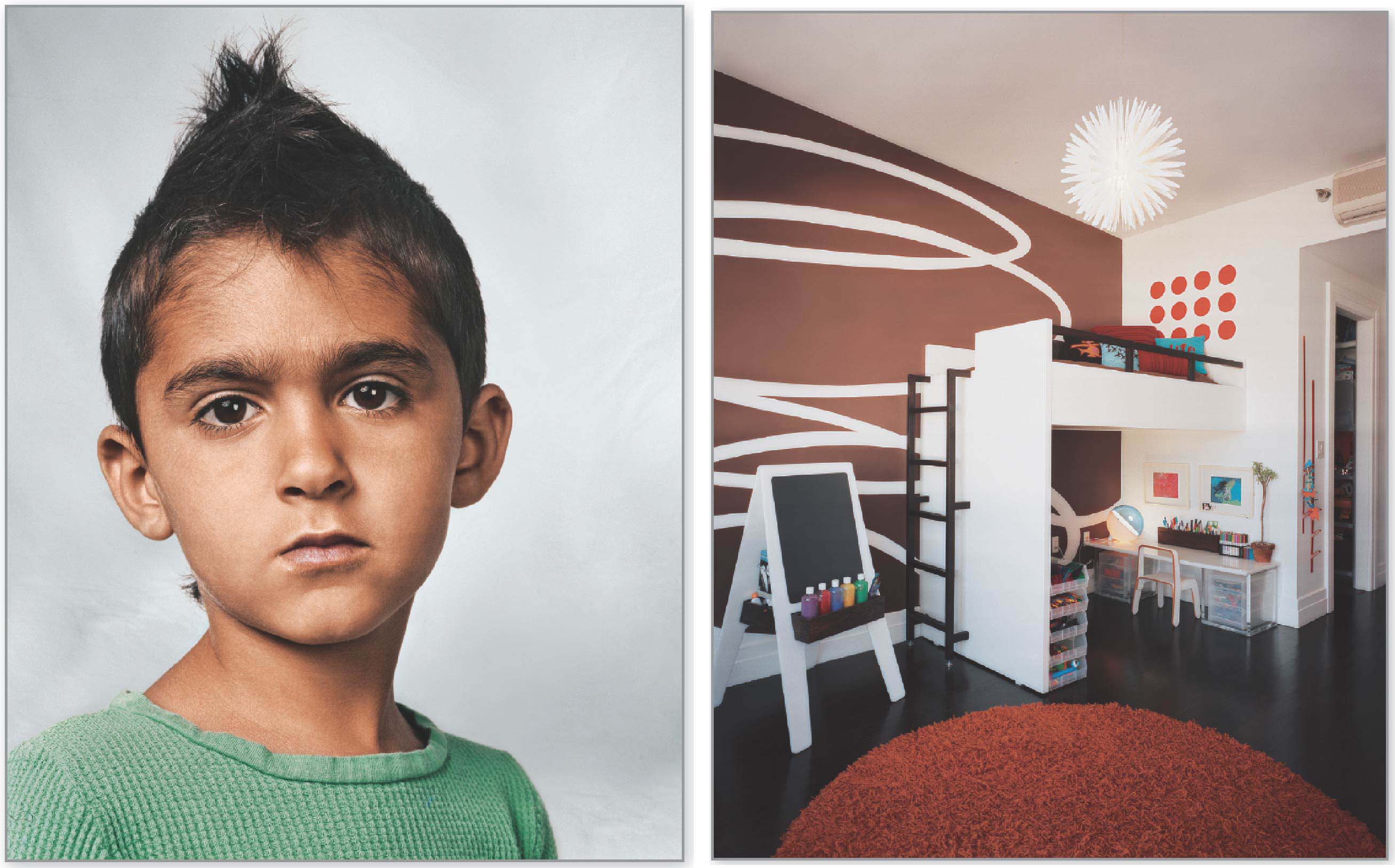
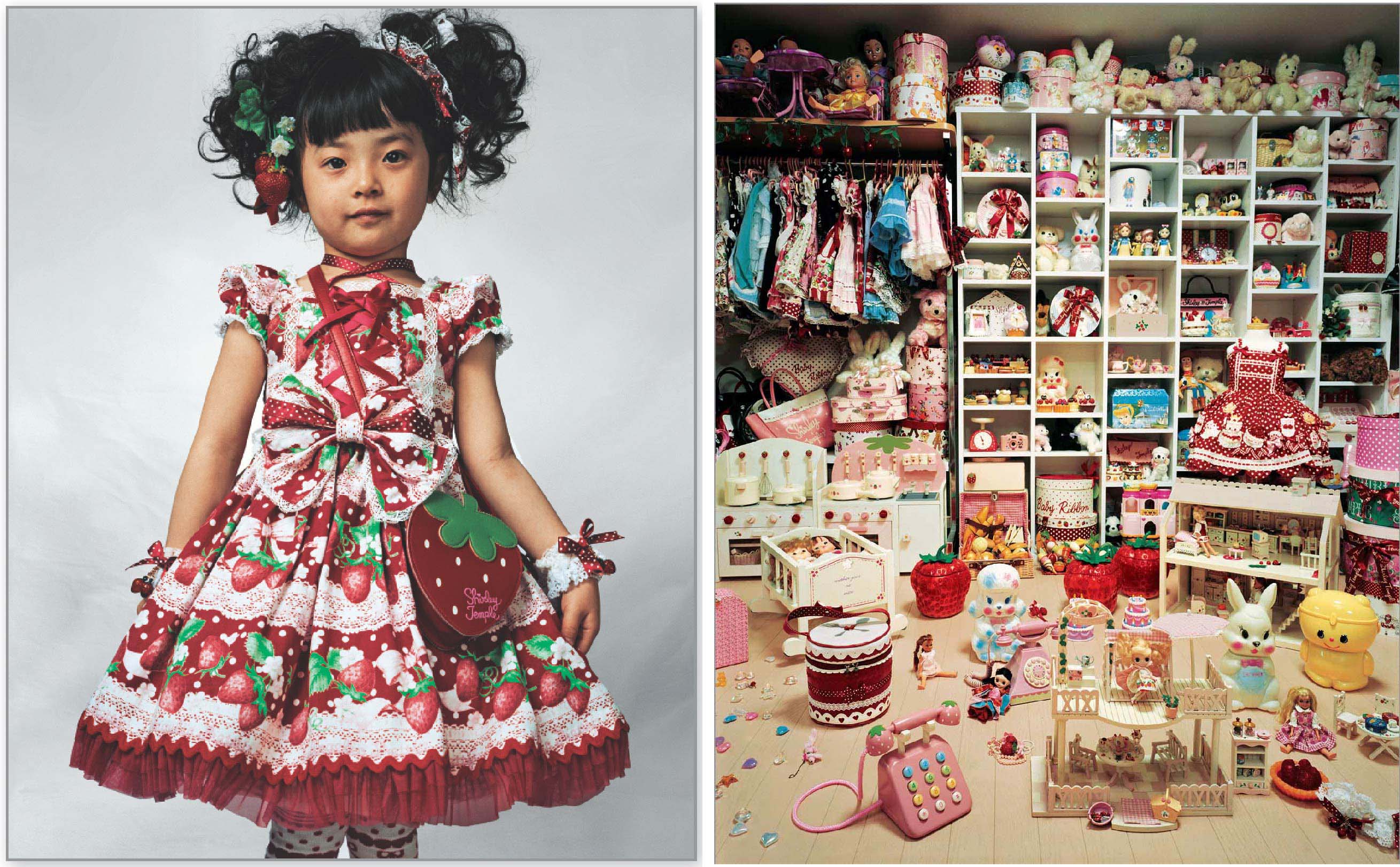
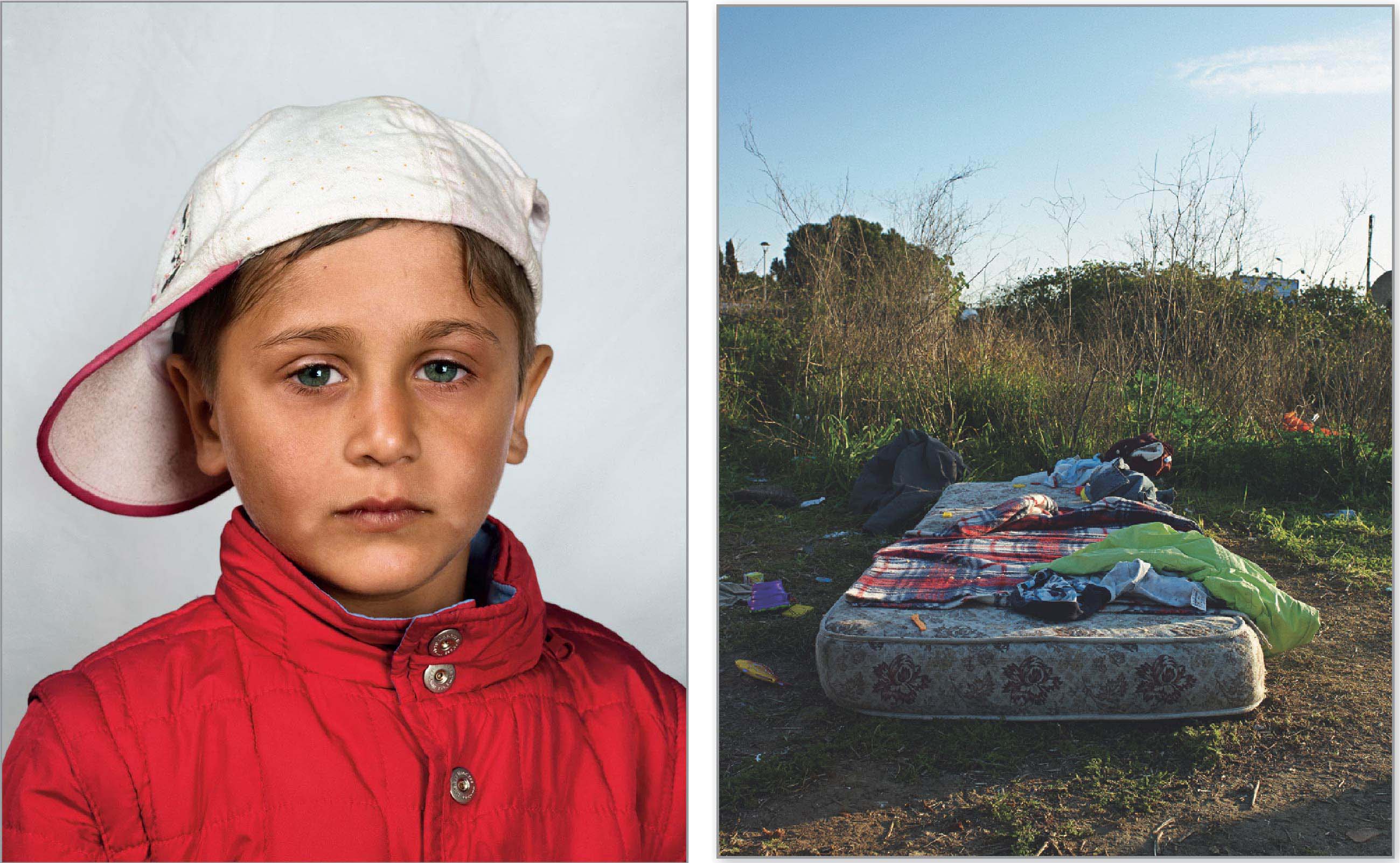
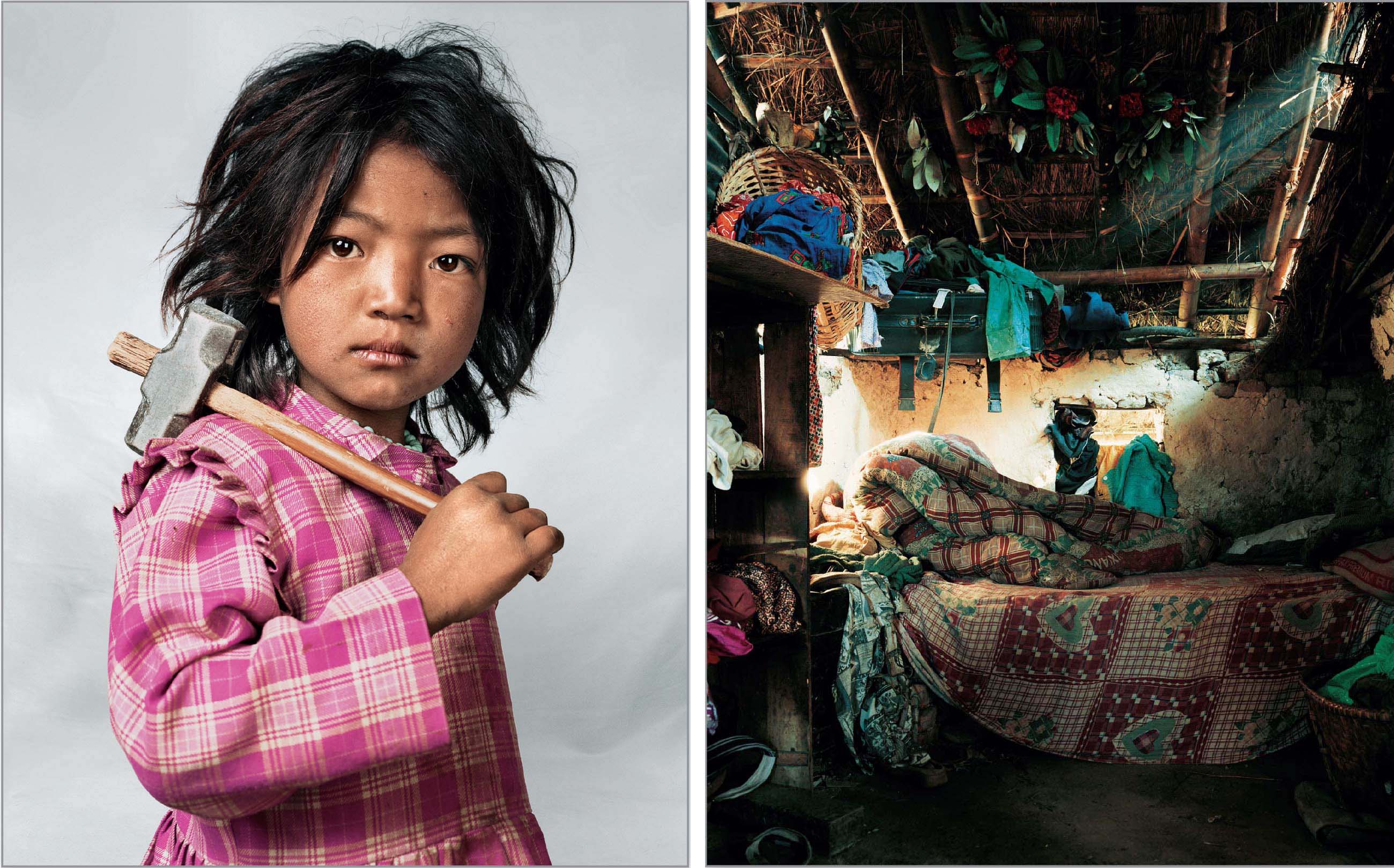
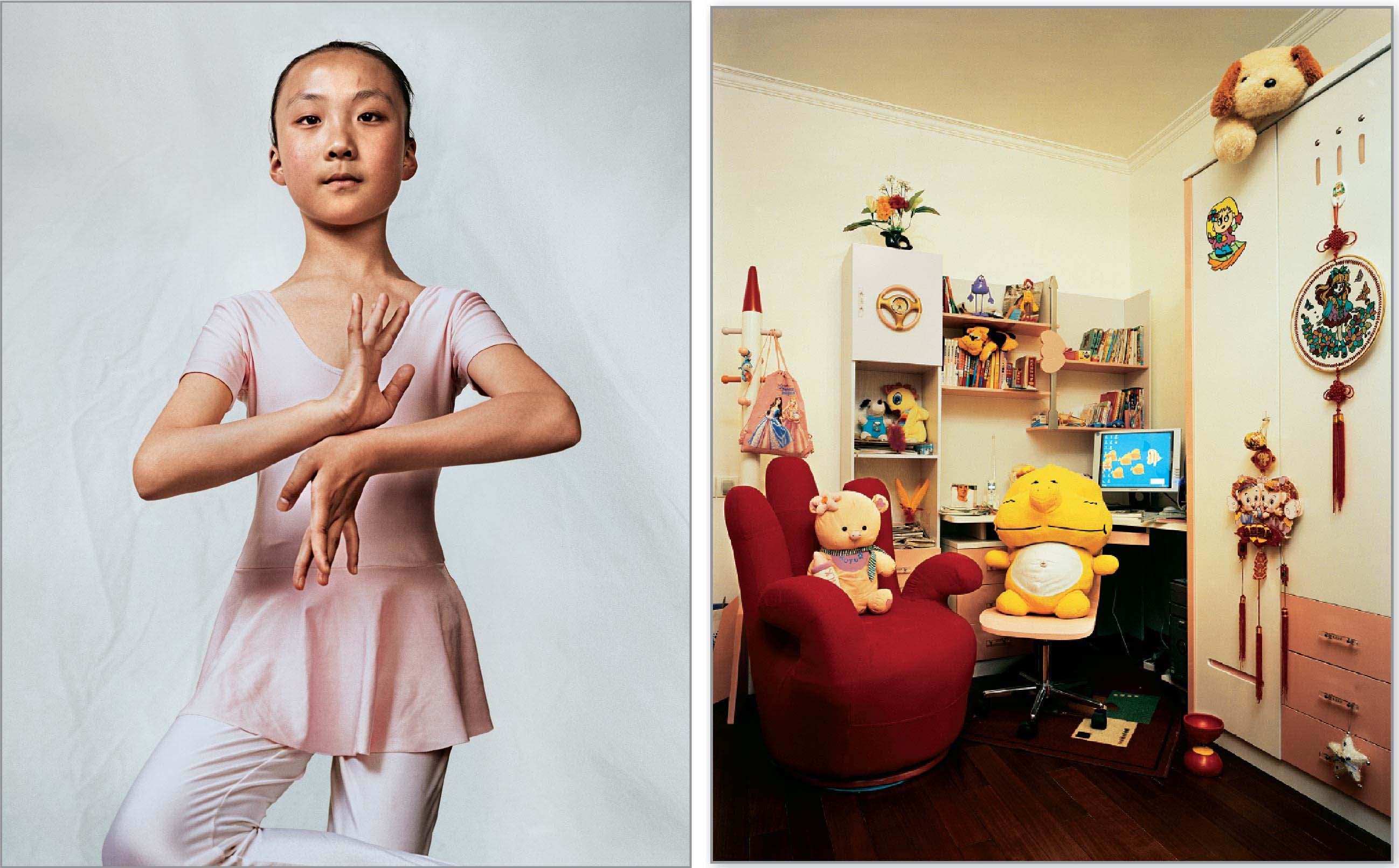
| Starting a Conversation: Respond to “Where Children Sleep” | |
 | In the text boxes below, reflect on the ideas presented in Mollison’s photo essay by responding to the following questions: |
Question
A reflective photo essay such as this one might not have a strictly defined thesis statement. But how would you describe the main idea of Mollison’s work? What is the dominant impression created by his mix of words and pictures?
Question
While he acknowledges the issues of poverty and wealth that inform his photos, Mollison says, “There is no agenda to the book other than my own journey and curiosity, and wanting to share in pictures and words the stories that I found interesting, or that moved me.” In what ways does this statement fit with the purpose of a reflective document? What changes do you think Mollison would have made to his approach if he had, in fact, been creating an analytical or argumentative photo essay?
Question
As you look at the photographs and their accompanying text, consider this statement from Mollison: “The book is written and presented for an audience of 9–13 year olds . . . intended to interest and engage children in the details of the lives of other children around the world, and the social issues affecting them, while also being a serious photographic essay for an adult audience.” How successfully do you think Mollison’s work reaches each of those audiences? What do you see in Mollison’s writing style and in the composition of his photographs that would appeal to adults and to older children? What do you think members of each audience — 9–13 year olds, older teens, and adults — would take away from his work?
Question
Why do you suppose that Mollison chose to use color images? Would black-and-white photographs have had as much impact, more impact, or less impact? Why do you think so?
Question
Consider how Mollison’s photographs might have been different if he had chosen to focus on one country or region of the world. How would his audience and their expectations of his work have changed, and how would they have remained the same?